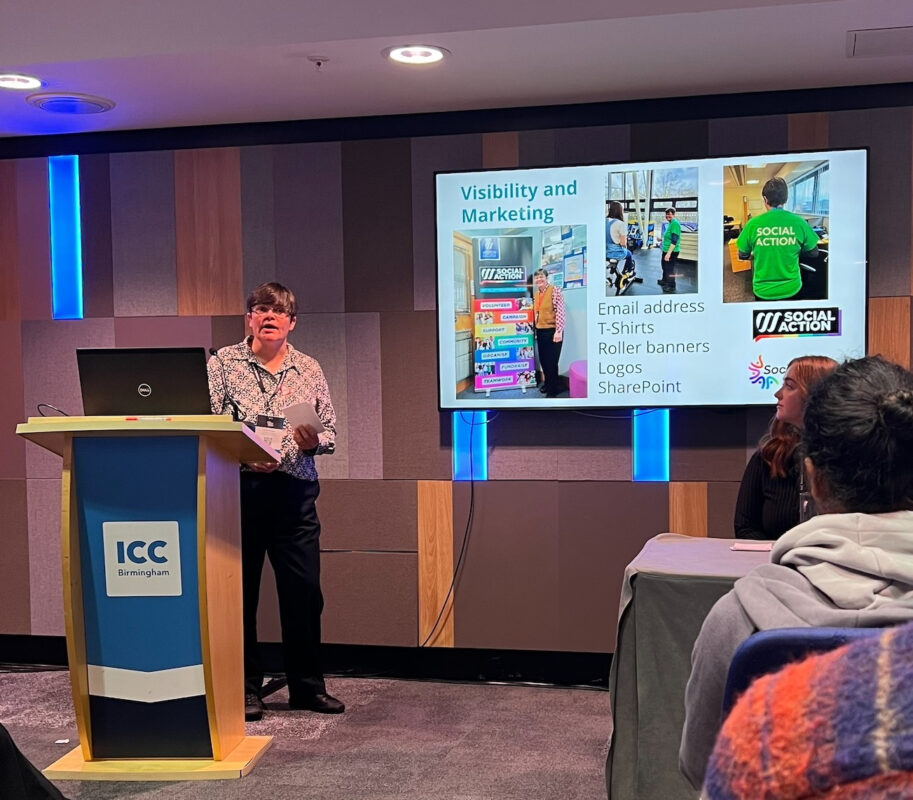Tackling education staff shortages can’t be a “one-solution fits all”

In this article, Simon discusses how the focus for schools and trusts shouldn’t be on a one-solution fits all approach to the staffing crisis. Instead, a tailored strategy is needed, including leveraging social media, collaborative networks, and data analysis for training and development.
Education continues to be one of the sectors hardest hit by staff shortages. Vacancies in English schools have doubled in the past two years, according to recent figures, with some calling the current staffing levels ‘dangerous’.
As it stands, both recruitment and retention rates are issues and a recent survey indicates salary expectations are the main retention problem and a key recruitment barrier. On top of this, teacher workload, low morale, workplace stress and competition from the commercial sector are all playing a part.
The varied vacancy picture across schools and trusts is fuelled by a supply shortage of candidates in the market and salary pressures brought on by competition from the commercial sector. As a result, the focus should not be on trying to find a one solution fits all, rather looking at what education leaders can do to tackle their staff shortages in the best way for them.
Is it time for a new recruitment strategy?
Overhauling an entire recruitment strategy can seem overwhelming and time-consuming. Nevertheless, the key is for HR leaders in trusts and schools to not just enlarge their recruitment net as much as possible. They also need to understand the different ways to reach the new generation of teaching staff, which may involve updating their overall strategy.
Rather than restricting the posting of vacancies to the usual government websites or depending on the same education-specific recruitment companies, trusts and schools should also advertise on local authority-maintained spaces. This could include council owned businesses, youth centres, community hubs, libraries or leisure facilities. Indeed, understanding how and where each generation spends their time, looking for jobs or otherwise, can make all the difference.
For example, social media has become a critical channel in reaching younger employees, with research revealing that 96% of recruiters use these channels to find qualified candidates. By adapting job postings to match channels such as LinkedIn, Facebook and TikTok, education HR leaders can showcase culture creatively. Whilst enabling them to target candidates based on demographics, interests and other relevant criteria.
On top of this, schools and trusts could look at digitising the recruitment process, attending career fairs, and hiring apprentices – to effectively tackle their specific staff shortages from multiple fronts.
Foster collaborative networks
Each education institution will have its own collaborative network that it can tap into. For schools, ensuring this spans across other schools, educational organisations, and local councils, opens up the opportunity to share teacher resource which can help quickly tackle the staffing crisis. Teachers can then split their time between schools, making use of their time as efficiently as possible. With the added benefit of exposing them to further development opportunities, which can help increase overall morale.
Within MATs specifically, teachers are employed by the trust and not individual schools. MATs should ensure they are leveraging the opportunities this model provides. With regards to recruitment, MATs can take advantage of economies of scale by centralising their workforce and deploying staff where they are needed the most.
Not only does this take the pressure off, recruitment-wise, but working across multiple schools can help new teachers find out which environment would best suit their particular skillset. This makes it more likely they will thrive in their role and improves the likelihood of them staying long-term.
Strengthen training and development to retain staff
To better understand their teaching staff, what education and HR leaders need most is data. By looking at different data points, HR and education leaders can understand exactly where their individual gaps are, when it comes to their staff’s morale, retention and development.
Due to the way they are structured, Multi Academy Trusts (MATs) are particularly well positioned to use data to enable their staff to excel in continual professional development. Staff with key skills can be moved across sites to upskill colleagues in need. Similarly, when a job role opens up in one school, leaders can scan their network to find the best member of staff to fill the gap. This can ensure continued development and promotion opportunities.
As Ofsted has reported, ‘the best MATs are particularly strong on developing their workforce, offering opportunities for promotion, learning and leadership across staff levels. Academic research suggests that this can improve retention rates.’
Whilst resource availability can definitely vary amongst MATs, SATs and schools, one of the best ways to capture this data is by speaking to teachers directly. Solid training and development systems can then be confidently put in place to extend professional pathways, knowing they directly tackle staff concerns. Regardless of the type of education institution, clearly showing staff there’s a plan to invest in the future they want to create for themselves can make a difference when it comes to plugging shortages.
Facing the future
Of course, everyone wants the current staffing crisis to resolve itself immediately. However, while most of the ways to tackle existing shortages aren’t ‘quick fixes’, schools and trusts should consider everything they can; from leveraging the opportunities afforded by centralisation to enhancing collaboration, there are numerous ways to face the current challenges head-on.
FE News on the go…
Welcome to FE News on the go, the podcast that delivers exclusive articles from the world of further education straight to your ears.
We are experimenting with Artificial Intelligence to make our exclusive articles even more accessible while also automating the process for our team of project managers.
In each episode, our thought leaders and sector influencers will delve into the most pressing issues facing the FE sector, offering their insights and analysis on the latest news, trends, and developments.












Responses